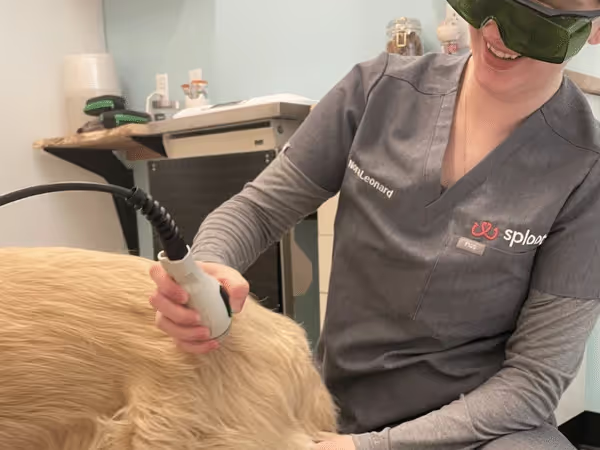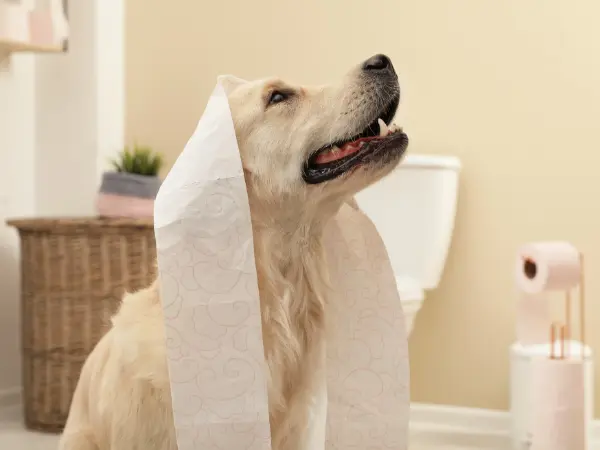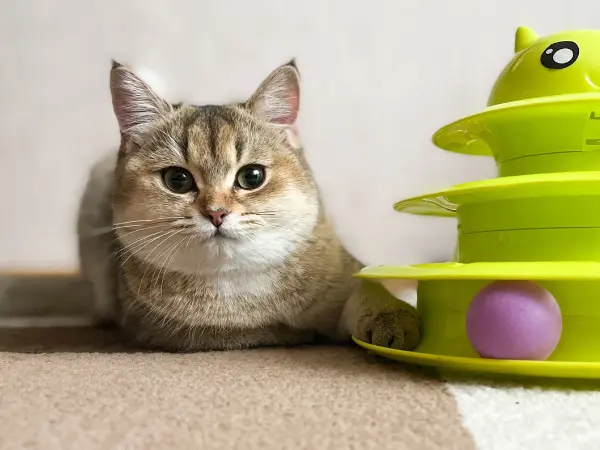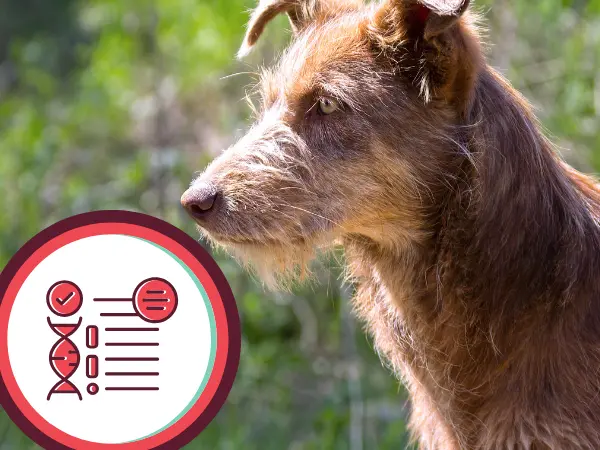From the beginning, Sploot Veterinary Care has been committed to empathy-driven innovation. We are a modern veterinary clinic, investing in technologies that aid in the diagnosis, treatment, and healing of beloved animal companions. This is how we ensure that we are always optimally equipped to best serve pets and pet parents alike.
The newest addition to our treatment toolbox is a technology that treats inflammation in pets and speeds up the healing process after injury or surgery. The best part? It is non-chemical, non-invasive, and pain-relieving.
We are excited to bring cold laser therapy for dogs and cats to our clinics to help treat our patients. Read on for a complete guide on uses and benefits of this technology for pets.
What is Cold Laser Therapy for Dogs & Cats?
Cold laser therapy for dogs & cats is a non-invasive, pain-free treatment that speeds up healing, reduces inflammation, and relieves pain. Cold laser therapy is also known as low-level laser therapy (LLLT) or Class IV laser therapy.
Cold laser therapy involves the use of low-power focused light to treat inflammatory conditions. Though this article spotlights cold laser therapy for dogs and cats, this technology also benefits other life forms including people, exotic pets, zoo animals, and even aquatic animals.

What Wavelength is Cold Laser Therapy for Dogs & Cats?
Cold laser therapy or LLLT uses a machine with a handheld device that emits low-intensity laser within the range of 600 to 1000 nm in wavelength. In a veterinary clinic, the wavelength used on a dog or cat is selected based on how deep the therapeutic laser need to go. The higher the wavelength used for LLLT or cold laser therapy, the deeper in the tissue the laser can reach.
What Can Laser Therapy Treat in Dogs & Cats?
Cold laser therapy can treat a variety of co-occurring medical issues in dogs and cats such as pain, inflammation, injury, and arthritis. Cold laser therapy also speeds up the healing process post-operation.
1. Pain
Pain is a telltale sign of inflammation and injuries in general. Therefore, one of the most convenient benefits of cold laser therapy is that it relieves the acute (sudden) and chronic (long-standing) pain that accompanies instances of injuries and inflammation.
Cold laser therapy eases pain by enhancing the release of endorphins, which are the body’s natural painkillers. While one session of cold laser therapy will make improvements regarding pain management, results are incremental over time as recovery (from inflammation or injury) is accelerated.
→ Learn more - Signs of Pain in Dogs; Signs of Pain in Cats
2. Arthritis
Arthritis is a condition that involves the inflammation of one or more joints. In many cases, arthritis in dogs and cats may also involve the progressive loss of cartilage on the affected joint. Overweight and/or senior dogs and cats are particularly susceptible to this condition.
Cold laser therapy helps relieve arthritis by increasing blood flow to the joint leading to a reduction of inflammation and regeneration of cartilage.
3. Inflammation
Inflammation in dogs and cats is seldom a standalone symptom. Inflammation is a common sequela from injuries, tissue damage, arthritis, sprains, and other similar conditions. Generally, inflammation is part of the body’s processes for healing — but it can be cumbersome and painful when it spans over a long period of time. In some cases, inflammation is also the sign of an underlying disease (e.g. inflammatory bowel disease.)
Cold laser therapy reduces inflammation by increasing blood flow to the affected area. Cold laser therapy also aids the healing process In cases where damaged tissue causes the inflammation or is aggravated by the inflammation.

4. Soft Tissue Injuries
Soft tissue injuries in pets involve tendons, ligaments, and/or muscles. Sprains, strains, and overloads are considered soft tissue injuries.
Cold laser therapy assists in the healing of soft tissue injuries by stimulating the mitochondria, a cellular component which plays a major role in regeneration. Through this process, cold laser therapy helps heal ligaments and tendons — as well as restore muscular function.
5. Fractures
Similar to people, pets can get fractures due to a one-time incident or after a period of overuse. Although bones usually heal more slowly than other tissues, cold laser therapy can help expedite the healing of fractures. .
The increased blood flow triggered by cold laser therapy helps bring more nutrients to the part of the bone under repair. In addition, cold laser therapy triggers the release of growth factors which help increase osteoblastic activity (i.e. bone formation.)
In addition to accelerating the healing of fractures, cold laser therapy will also address soft tissue injury if it is co-occurring with the fracture.
6. Post-Surgery
The most common types of surgery performed on pets are spaying and neutering. This is particularly true for areas like Denver where spaying and neutering of pets is legally required, according to Denver pet ordinances and a majority of other states.
But whether pets undergo routine surgical procedures (e.g. spaying, neutering) or veterinary surgeries that correct a medical problem (e.g. mass removal surgeries, intestinal surgeries) cold laser therapy assists with the post-operative healing process. Cold laser therapy helps heal the incision wound as well as deeper tissue that has been touched during surgery.
As mentioned earlier, cold laser therapy or LLLT reduces inflammation by increasing blood flow to the affected area. It also stimulates the mitochondria to expedite healing. These benefits, along with the pain-relieving effects of cold laser therapy, make it a great follow-up treatment after a pet dog or cat has undergone surgery.
What are the Side Effects of Cold Laser Therapy on Dogs & Cats?
Cold laser therapy for dogs and cats is considered safe. It has no known adverse side effects. This is why many veterinarians can confidently recommend cold laser therapy as part of a complete treatment plan for pets with certain conditions (e.g. arthritis, inflammatory bowel disease), soft tissue injuries, muscle injuries, fractures, and more.
Though cold laser therapy is safe, it is important to consult your local veterinarian for you to get comprehensive instructions as cold laser therapy may not be recommended for all patients or conditions.
Cold Laser Therapy at Sploot Vets
We hope you found this article on cold laser therapy for dogs and cats helpful. If you have specific questions about cold laser therapy, consult your local veterinarian.
Please feel free to ask our team if cold laser therapy is available in a Sploot Vets clinic near you. Sploot Veterinary Care is your go-to veterinary clinic for reliable all-in-one vet care, with primary, urgent, and emergency vet services all under one roof.
We are happy to serve the community with our network of modern, Fear Free veterinary clinics — open 365 days a year for extended hours. !
Book an appointment here! We also accept same-day and drop-off appointments.
Till next time, we’re with you every pounce of the way!






